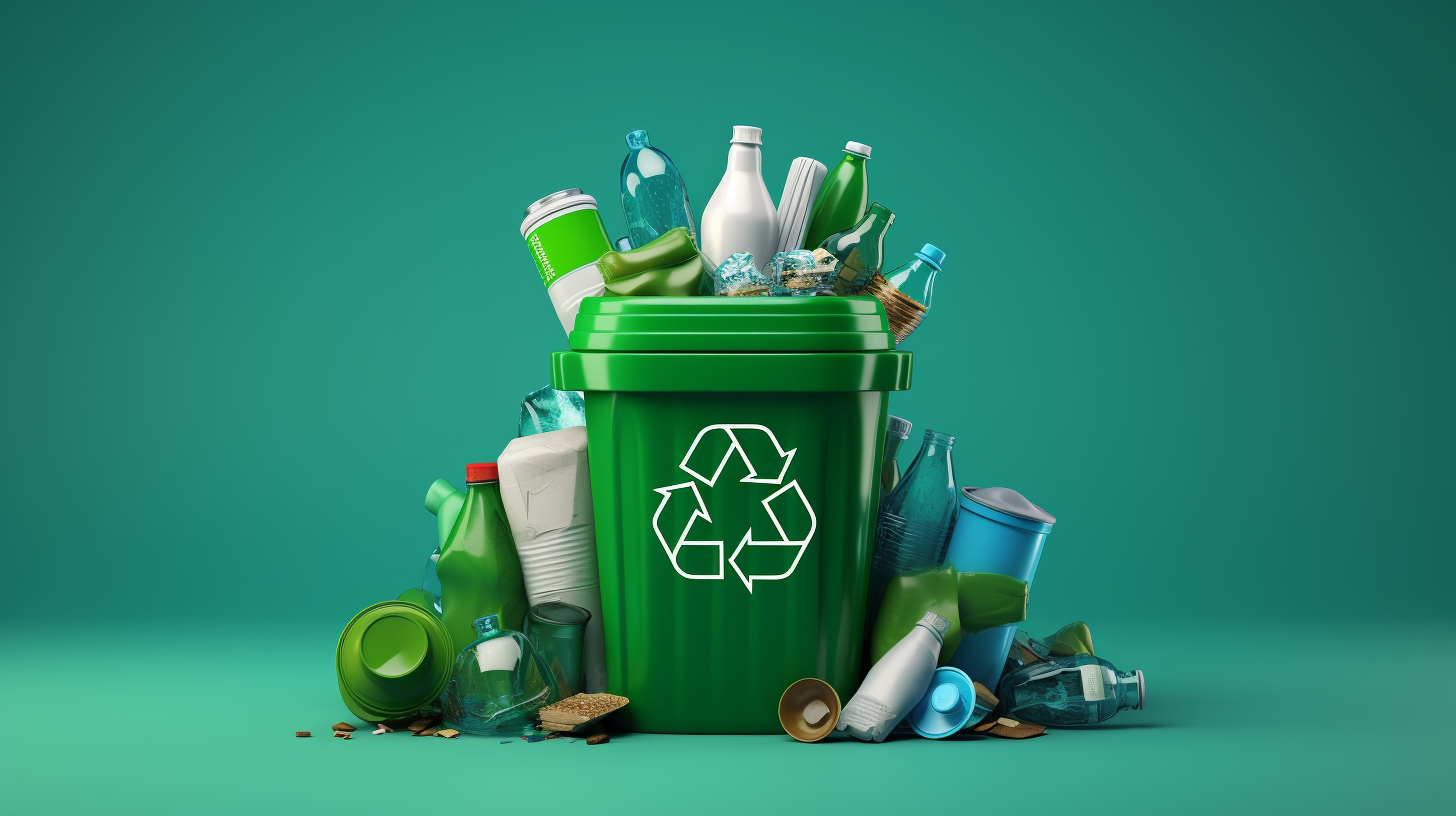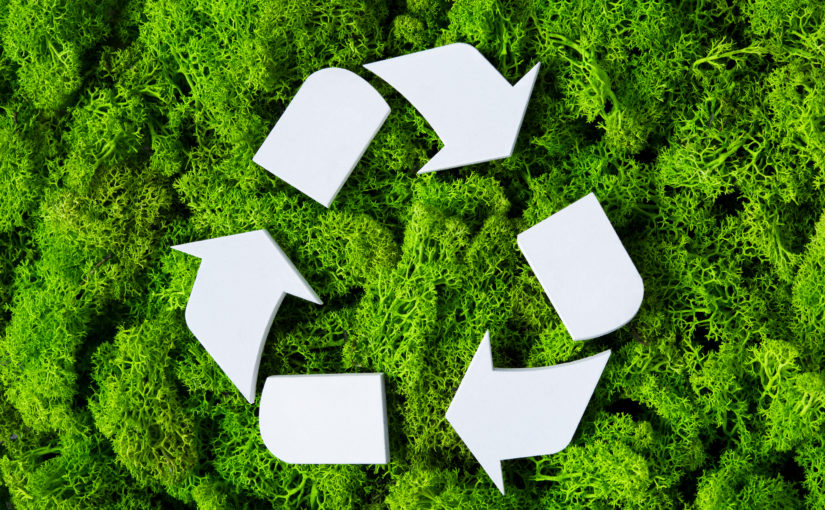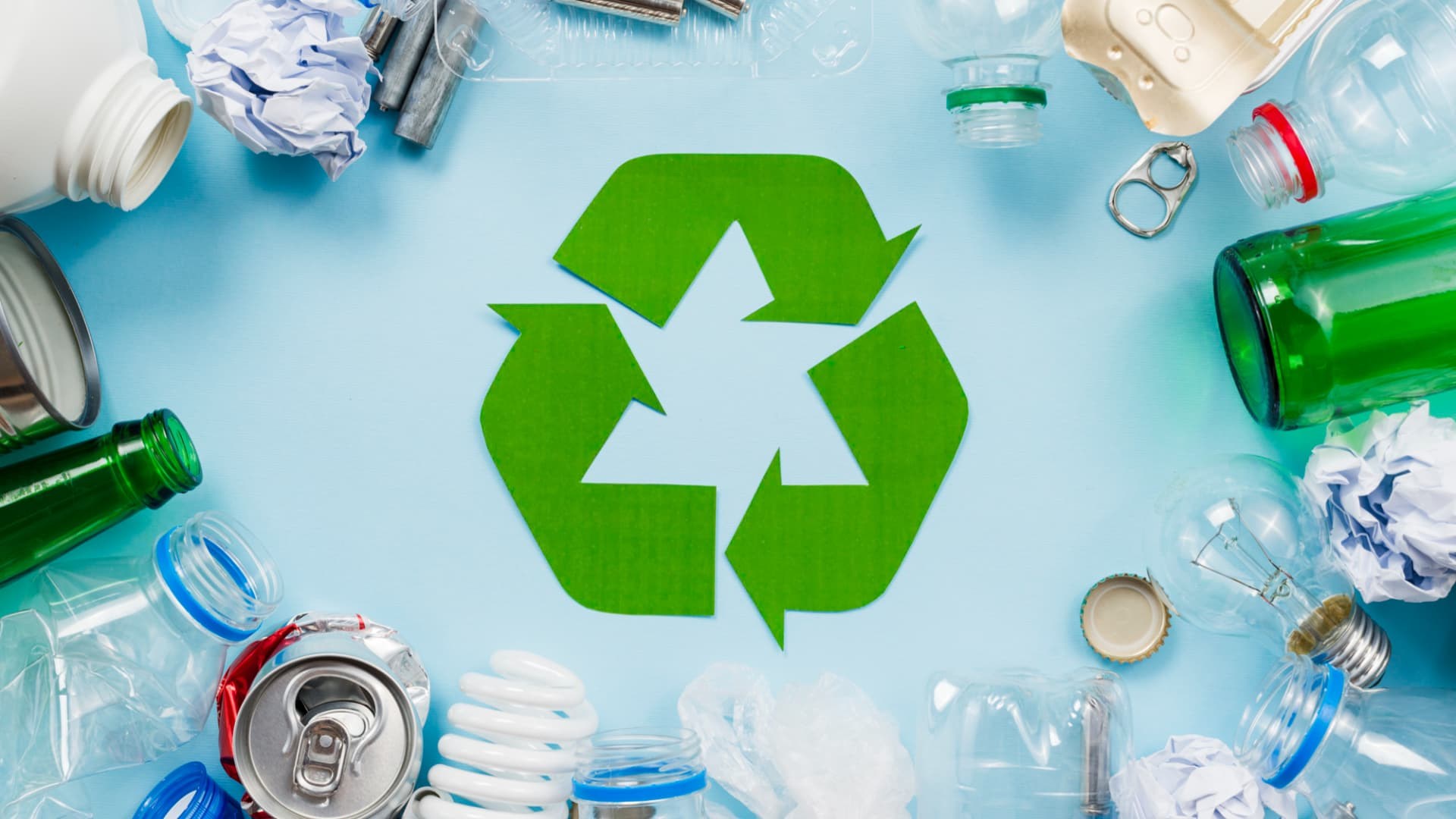How Recycling Lives Services Make a Difference in Lasting Waste Administration
Wiki Article
Understanding the Classification and Handling of Numerous Kinds Of Waste
Effective waste administration is essential for ecological sustainability, calling for an extensive understanding of the classification and handling of different waste kinds. House waste, commercial by-products, dangerous materials, electronic refuse, and organic residues each demand distinct protocols to guarantee safety and security and minimize ecological damage. Carrying out proper partition, therapy, and disposal approaches is necessary to alleviate adverse environmental impacts and promote resource conservation. As an example, the composting of organic waste contrasts sharply with the elaborate procedures needed to take care of hazardous substances. This multifaceted approach to lose administration emphasizes its intricacy and the essential demand for specialized expertise in this domain.
Household Waste
Family waste, encompassing a broad selection of discarded materials produced from day-to-day living activities, stands for a significant element of the total waste stream - recycling lives services. This category consists of natural waste such as food scraps, yard cuttings, and paper items, alongside inorganic materials like plastics, steels, and glass. The varied nature of household waste requires efficient classification and management to reduce ecological impact and promote lasting living methodsReliable home waste administration starts with partition at the source, helping with recycling, composting, and safe disposal. Organic waste, for example, can be composted to produce nutrient-rich dirt amendments, reducing garbage dump burden and boosting soil wellness. Recyclable materials, consisting of paper, glass, and certain plastics, can be refined and repurposed, minimizing and conserving sources power usage related to new product production.
Additionally, hazardous house waste such as batteries, electronic gadgets, and cleansing chemicals requires specialized managing to avoid dirt and water contamination. Public awareness projects and convenient disposal choices play essential functions in ensuring appropriate disposal and recycling of these products. By applying robust waste reduction methods and fostering community involvement, districts can substantially minimize the ecological impact of household waste.
Industrial Waste
Hazardous waste, a significant factor to global waste generation, encompasses a diverse variety of products generated by manufacturing, construction, and other commercial tasks. This group consists of by-products such as scrap metal, plastics, rubber, chemicals, and other residues. The structure and volume of commercial waste can differ significantly depending on the industry and production processes included. Effective administration of hazardous waste is vital for decreasing ecological influence and advertising lasting techniques.The handling of industrial waste generally involves several procedures: collection, disposal, segregation, and therapy. Collection systems are developed to successfully collect waste products from different sources within a commercial operation. Partition is critical, as it makes certain recyclable products are separated from non-recyclable ones, which can be routed towards appropriate recycling or disposal networks. Treatment procedures, including physical, chemical, and organic techniques, are employed to lower the toxicity, quantity, and environmental influence of the waste. Disposal methods like landfilling or incineration are made use of for waste that can not be recycled or dealt with.
Embracing approaches such as waste minimization, source recovery, and recycling can substantially lower the concern of hazardous waste on the environment, adding to even more sustainable industrial techniques.
Hazardous Waste

The category of unsafe waste is normally based upon its physical and chemical qualities. Toxic wastes contain harmful materials that can go to my blog trigger unfavorable health results also at reduced concentrations. Harsh wastes can harm or destroy living products and tissues. Flammable wastes can conveniently stir up, positioning fire threats, while responsive wastes can create surges or release poisonous gases upon contact with various other compounds.
Effective harmful waste management entails several crucial practices: identification and partition of dangerous products, secure transportation and storage space, and appropriate treatment and disposal. Therapy methods may consist of chemical neutralization, stabilization, and incineration. Governing compliance is crucial, directed by structures such as the Source Conservation and Healing Act (RCRA) in the USA, which makes certain risk-free and ecologically audio monitoring of hazardous waste.
Electronic Waste
Electronic waste, commonly abbreviated as e-waste, stands for a growing difficulty in waste administration as a result of the quick obsolescence of technology. This category includes a wide series of thrown out electronic devices, including mobile phones, computers, tvs, and house appliances. The complexity of e-waste depends on its composition; these items consist of a combination of beneficial materials such as gold and copper, as well as hazardous substances like lead, cadmium, and mercury.
Regulation and guidelines, such as the European Union's Waste Electronic and electric Equipment (WEEE) Regulation, aim to advertise responsible e-waste management. These plans mandate suppliers to help with the collection and recycling of digital items, thus minimizing the worry on garbage dumps and minimizing environmental contamination.
Organic Waste
Organic waste, encompassing eco-friendly materials such as food scraps, lawn trimmings, and farming residues, constitutes a significant part of the community solid waste stream. This type of waste is notable not just for its quantity however likewise for its possible environmental impact otherwise handled properly. Organic waste can disintegrate anaerobically in landfills, creating methane, a powerful greenhouse gas contributing to environment change.Correct handling of organic waste includes a number of approaches. Composting is a widely embraced approach, transforming organic products right into important garden compost that can enhance dirt and assistance sustainable farming. This process he said also decreases the volume of waste sent out to land fills. Another strategy is anaerobic food digestion, which damages down raw material in the absence of oxygen, generating biogas that can be made use of as a renewable resource source. In addition, diverting food waste from garbage dumps through donation programs can alleviate food instability while decreasing waste.
Municipalities and services are progressively acknowledging the value of natural waste monitoring. Applying thorough organic waste reusing programs not just minimizes environmental effects yet additionally lines up with broader sustainability objectives, advertising a circular economy where resources are consistently recycled and repurposed.
Conclusion
Effective waste management and ecological defense necessitate a detailed understanding of the category and handling of different waste types. House, commercial, harmful, electronic, and natural waste each call for distinctive treatments for treatment, disposal, and partition. Proper administration minimizes ecological effect, conserves sources, and promotes sustainability. Carrying out proper techniques for every waste type ensures risk-free and responsible waste monitoring techniques, inevitably adding to the security of ecological communities and public health.Reliable waste monitoring is crucial for ecological sustainability, calling for a comprehensive understanding of the category and handling of numerous waste kinds.Household waste, incorporating a wide array of thrown out materials created from day-to-day living view publisher site tasks, stands for a significant part of the total waste stream.Industrial waste, a significant contributor to worldwide waste generation, incorporates a diverse variety of products created by manufacturing, building and construction, and other industrial activities (recycling lives services).Unsafe waste, a crucial concern in waste monitoring, comprises materials that pose significant threats to human wellness and the atmosphere due to their harmful, harsh, combustible, or reactive properties.Organic waste, including naturally degradable products such as food scraps, backyard trimmings, and agricultural deposits, constitutes a substantial part of the municipal strong waste stream
Report this wiki page